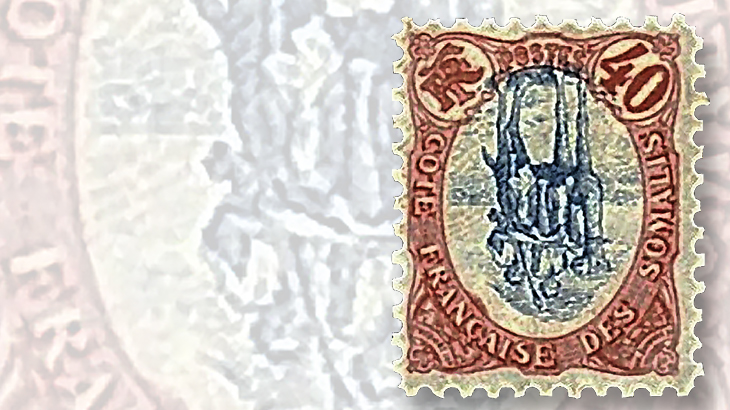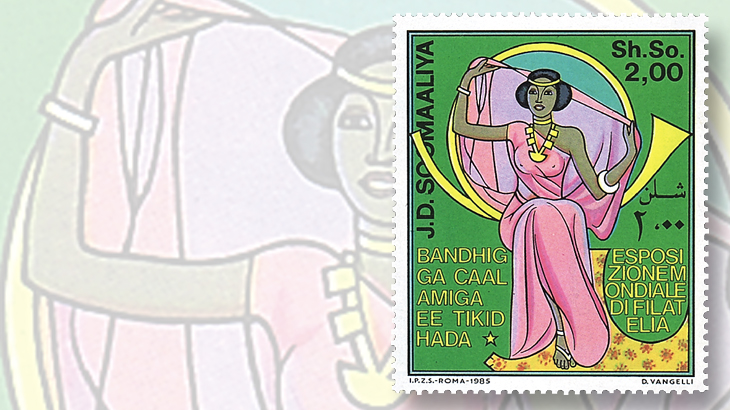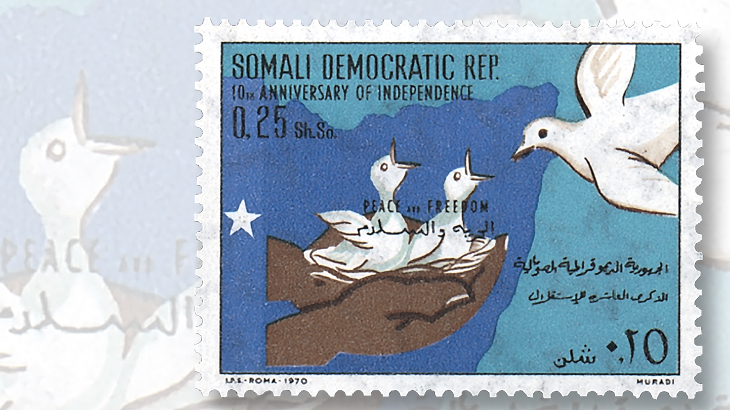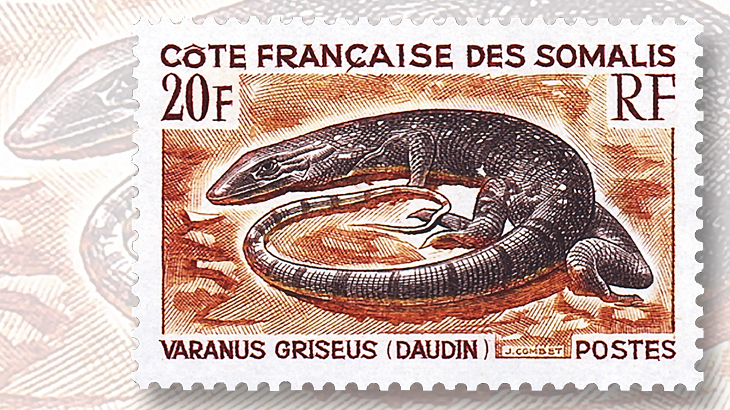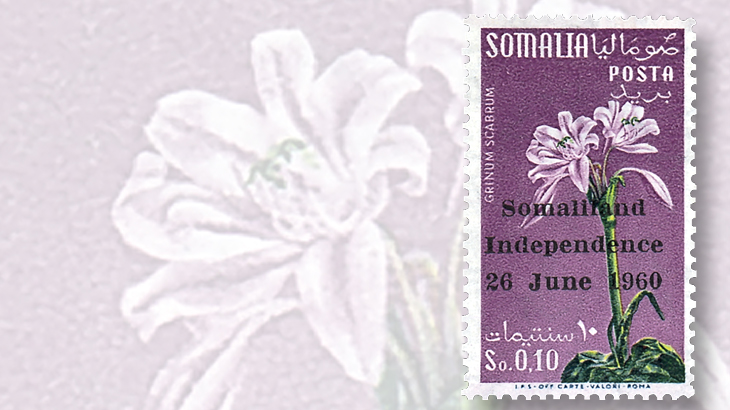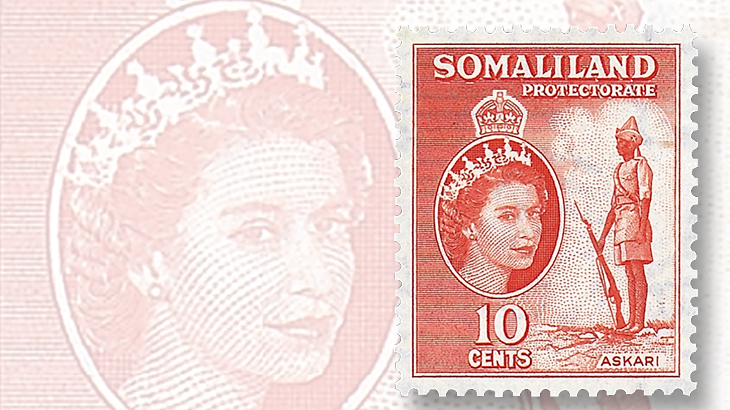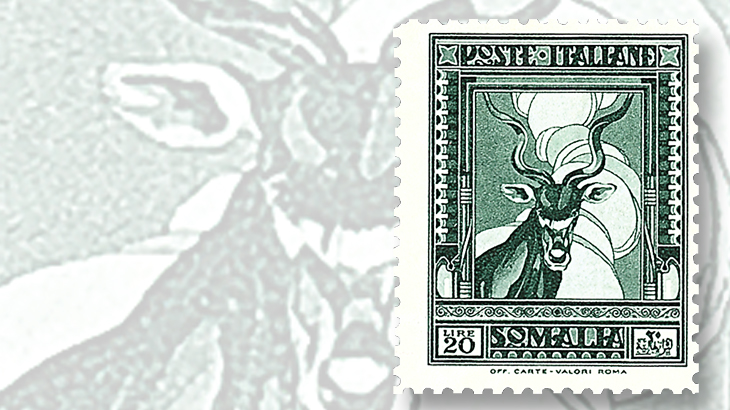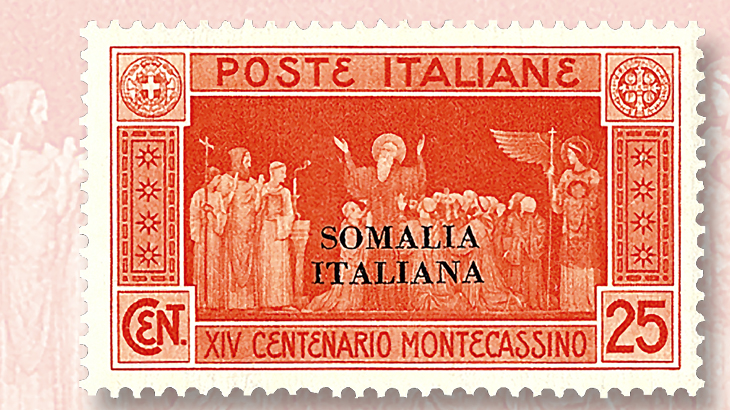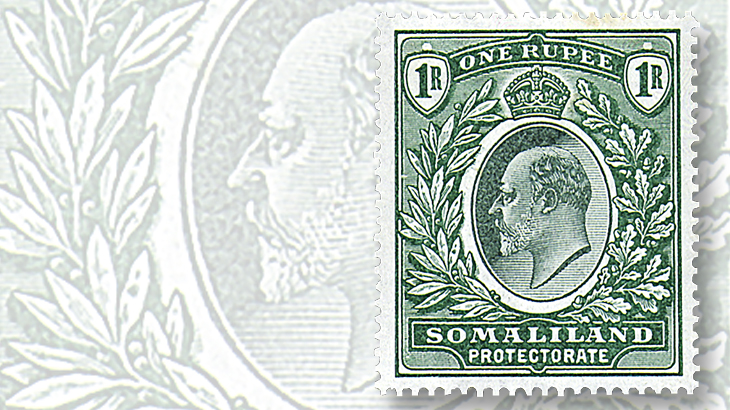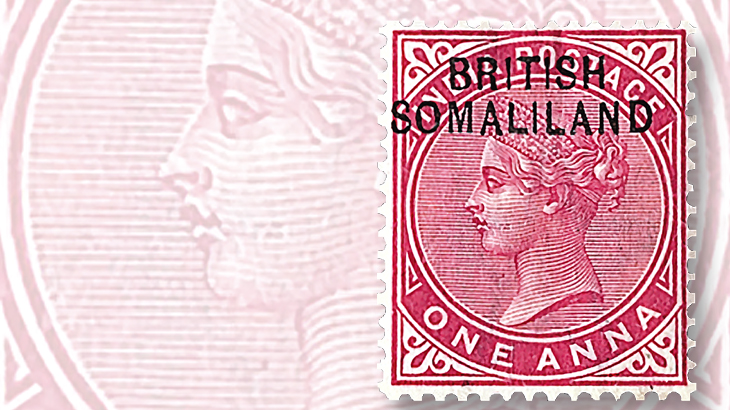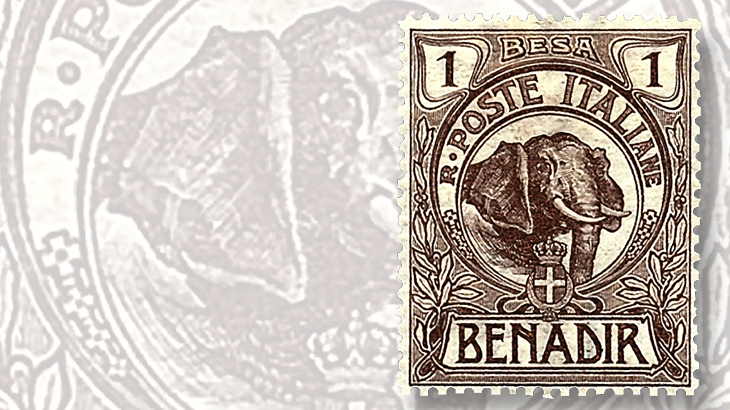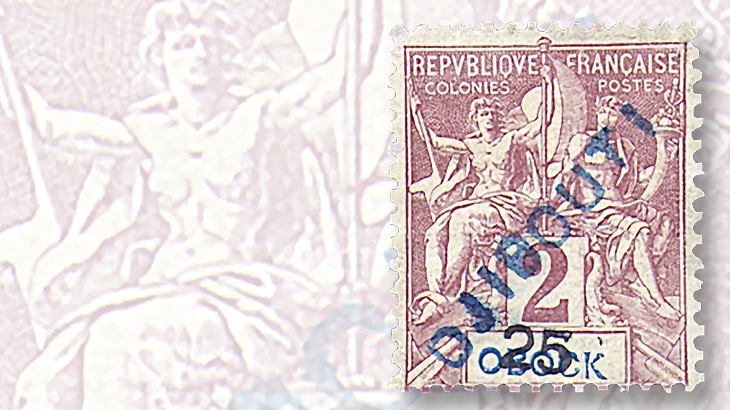World Stamps
How to collect the intriguing stamps of Somalia: Stamp Collecting Basics
By Janet Klug
Somalia is the easternmost country of Africa, on the Horn of Africa. Most of Somalia lies north of the equator; a very small segment lies south of the equator.
Somalia’s neighbor to the west is Ethiopia, to the south is Kenya, and to the northwest is Djibouti.
To the north, Somalia lies along the Gulf of Aden, and its eastern coast is the Indian Ocean.
Connect with Linn’s Stamp News:
Sign up for our newsletter
Like us on Facebook
Follow us on Twitter
Somalia has an important placement between sub-Saharan Africa and countries of Arabia and southwestern Asia. Because of its prime location, Somalia attracted other nations’ attention, resulting in changes in the country’s name and its government.
It is interesting to follow the history of Somalia by arranging the country’s stamps by date of issue, though the process is complicated by the fact that the political geography of the area changed so much over time, and its modern boundaries do not reflect what they were in other centuries.
The very first stamps were French forerunners for the Somali Coast, issued in 1894. These were stamps with the French Navigation and Commerce design, overprinted “DJ” or “Djibouti” on stamps that had been made for Obock, a seaport on the Gulf of Aden in eastern Africa that was acquired by France in 1862.
At the time, Djibouti was a part of Somali Coast, whose stamps are listed in the Scott Standard Postage Stamp Catalogue following those of Somalia.
The first stamp to have the words “Protectorat de la Cote des Somalis,” a fascinating bicolor issue, arrived in 1894 (Somali Coast Scott 6). Within an oval at the bottom of the stamp is “Djibouti,” and the vignette image is a view of that city. Somali warriors flank the left and right of the design.
One has to be careful about these early Somali Coast stamps — there are a number of varieties that pump up the prices, but some of them are known to be forged.
Nearby you can see an illustration of a 40-centime stamp with an inverted design of a camel and Somali people. This pseudo-stamp probably was created by someone in Paris who had access to the printing plates and made some money by forging some printings.
The last Cote Francaise des Somalis stamp (Scott 309) was issued in 1967. The design pictures a a desert monitor lizard. Somali Coast issues were replaced by stamps of the French Territory of the Afars and Issas.
Italian Somaliland (also known as Italian Somalia), comprised land from Cape Asir to the boundary of Kenya, almost a quarter of a million square miles. Italy got control in 1889, and the land became a state within Somalia.
The first stamps, picturing elephants and lions, were issued in 1903 (Italian Somaliland is listed under Somalia in the Scott Standard catalog). Scott 1 and 2 show an elephant in the center, the arch over the design reads “Poste Italiane,” and the country name below the design is “BENADIR.” This name is taken from the Persian word bandar, meaning “port,” and refers to the coastal cities of Mogadishu and Barawa.
From 1905-32, Italian Somaliland used Italian stamps that were overprinted “Somalia Italiana.” In 1932, a beautiful series of pictorial stamps (Scott 138-155) was issued, depicting animals and scenery. These issues carry the country name “Somalia” at the foot of the design and “Poste Italiane” at the top.
Any reference to Italy on Somalia’s stamps ceased in 1950 when the country became a United Nations Trust Territory, though administered by Italy.
British Somaliland (listed in the Scott Standard catalog as Somaliland Protectorate) was a protectorate under formal control beginning in 1884, when Britain took it from Egypt. The protectorate was located in northwestern Somalia.
The first Somaliland Protectorate stamps, in 1903, were 1882-1900 India issues overprinted “BRITISH SOMALILAND.”
Beginning in 1904, stamps with the country name Somaliland Protectorate were issued, with the image of King Edward VII. The last Somaliland Protectorate stamps were issued in 1960, after which stamps of Somalia were used.
Although in 1940, during World War II, British Somaliland fell under Italian control, in 1948 it reverted to the British Colonial Office.
On July 1, 1960, the Trust Territory of Somaliland (former Italian Somaliland) and British Somaliland officially united to become the Republic of Somalia.
A stamp with a flower design issued in 1959 (Somalia Scott 217) was overprinted to commemorate the event and became Somalia Scott 242, issued June 26, 1960.
A coup in 1969 began a period of authoritarian rule, but the following year, to celebrate 10 years of independence, Somalia issued stamps (Scott 360-363) listing the country name as “Somali Democratic Rep.”, with a design of a dove feeding hatchlings.
Stamps of 1973 concluded the use of “Somali Democratic Republic,” replacing the name with an abbreviation of the Somali-language official country name: “Jum. Dim. Somaliya,” for Dastuurka Jamhuuriyadda Federaalka Soomaaliya (Federal Republic of Somalia).
The self-declared Republic of Somaliland, covering the same area as the former British Somaliland, and the semi-autonomous state of Puntland function as separate entities.
As noted in the Scott Standard catalog, in 1991 there was a “breakdown of government services” in Somalia (when the regime in place since 1969 collapsed), but a new government in 2012 stabilized conditions. In 2013, postal service resumed.
MORE RELATED ARTICLES
Headlines
-
US Stamps
Oct 7, 2024, 3 PMMcMurtrie dismissed as APS education director following Sept. 21 arrest
-
US Stamps
Oct 7, 2024, 12 PMVasiliauskas named president of Mystic Stamp Co.
-
US Stamps
Oct 6, 2024, 5 PMApgar souvenir card available
-
US Stamps
Oct 6, 2024, 4 PMFirst Continental Congress and U.N. stamps receive Scott catalog numbers
